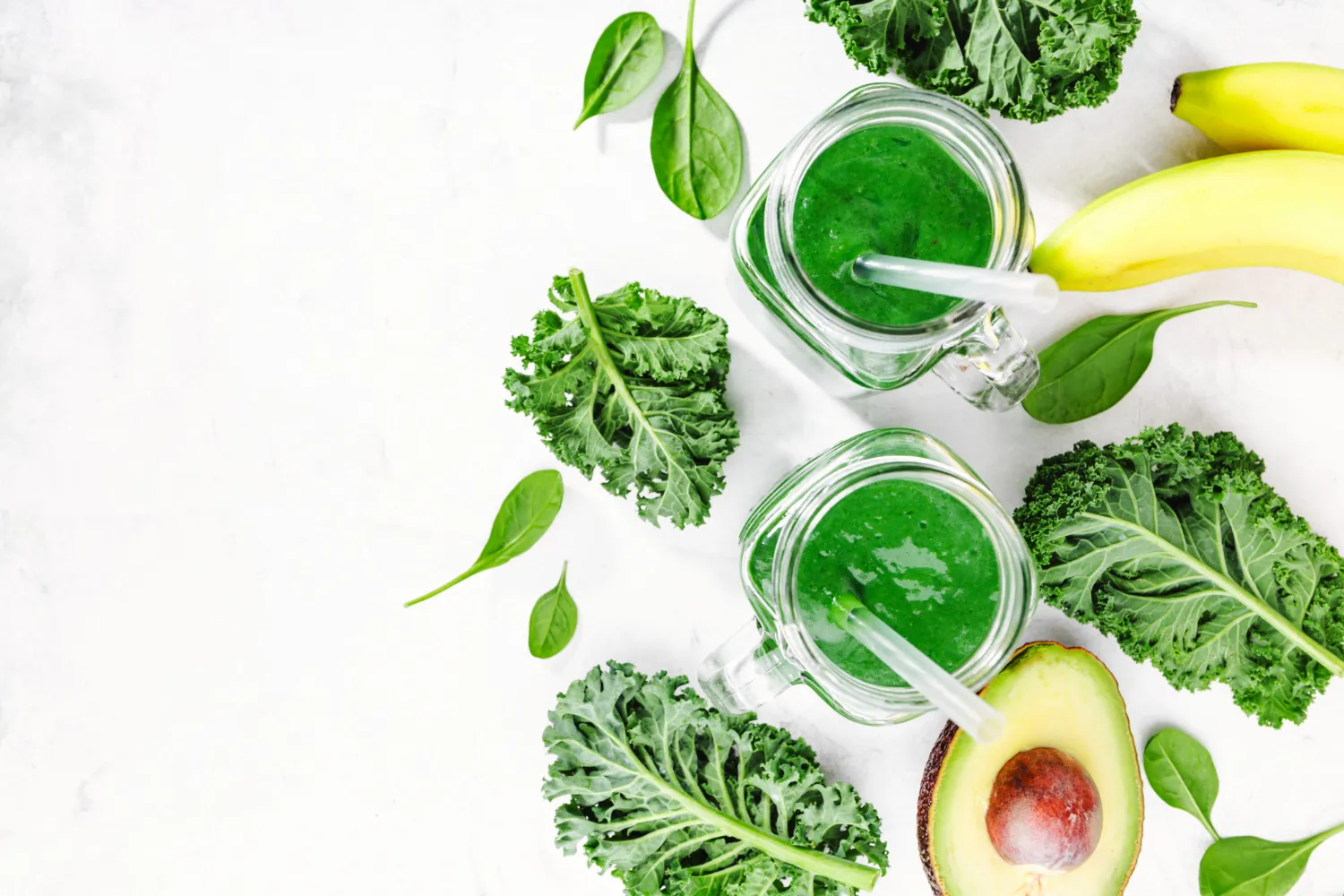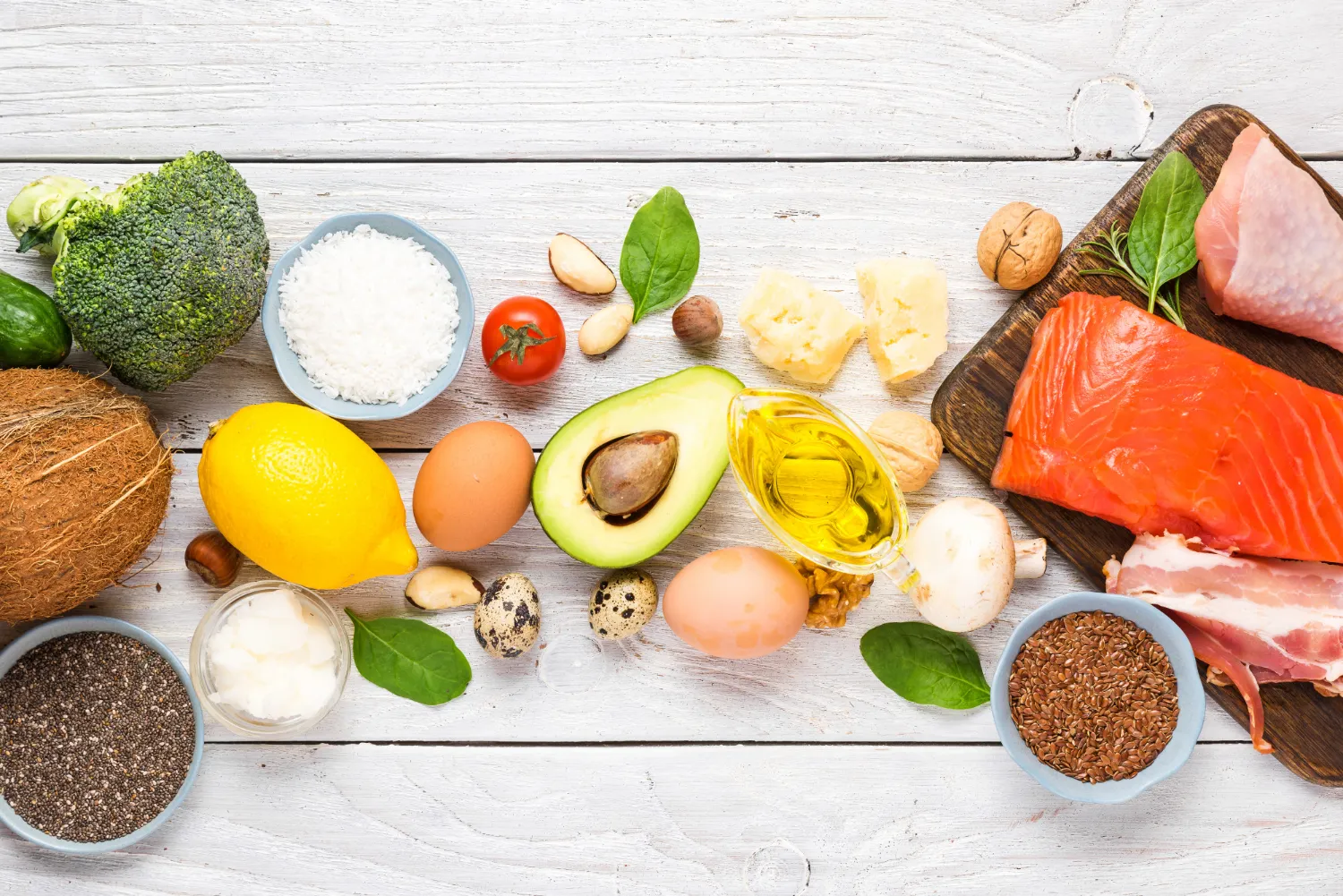Weight loss that fits your goals and your life.
Get your plan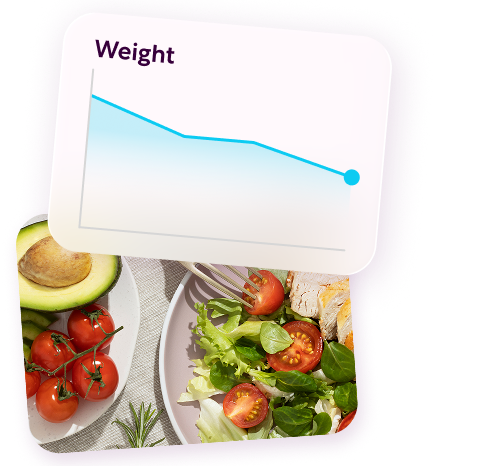
Weight loss that fits your goals and your life.
Get your plan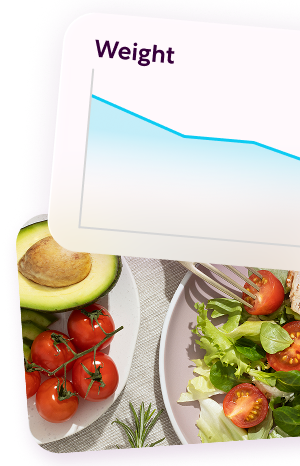
Regulating sodium becomes more challenging after the age of 40. Your hormones and metabolism have changed, resulting in excess sodium that can put you at a higher risk of increased blood pressure, fluid retention, and elevated heart disease risk.
Naturally, following the same lifestyle and diet from your earlier years won’t work against this. This is why you should consider a well-planned low-sodium diet.
Research shows that reducing sodium intake can lower blood pressure within weeks, making this dietary approach both beneficial in the short term and long term.
This guide provides practical meal planning strategies designed specifically to help you.
Understanding Sodium and Its Effects on Health

Sodium helps regulate fluid balance and nerve function throughout your body. When you consume too much, your kidneys struggle to eliminate the excess, leading to water retention and an increase in blood volume.
This forces your heart to work harder, raising blood pressure and straining the cardiovascular system, which is already affected by age-related changes.
At 40, you’ll experience heightened sensitivity to sodium due to hormonal fluctuations that affect kidney function and blood vessel elasticity, making it even more important for you to manage your diet.
7-Day Low-Sodium Diet Meal Plan
Day 1
Breakfast: Fresh herb-seasoned scrambled eggs made with two egg whites and one whole egg, paired with sliced avocado and whole-grain toast without salted butter.
Lunch: Grilled salmon with roasted sweet potatoes seasoned with rosemary and olive oil, with steamed broccoli.
Dinner: Lean chicken breast marinated in lemon juice and garlic serves as your protein base, accompanied by quinoa pilaf mixed with diced cucumbers and fresh mint.
Snacks: Unsalted almonds paired with fresh berries maintain steady energy levels throughout the day.
Day 2
Breakfast: Overnight oats made from rolled oats, unsweetened almond milk, cinnamon, and fresh strawberries.
Lunch: A colorful salad combining mixed greens, grilled turkey breast, cherry tomatoes, and homemade vinaigrette using olive oil and balsamic vinegar.
Dinner: Baked cod with herbs accompanies roasted root vegetables like carrots and parsnips seasoned with thyme.
Snacks: Plain Greek yogurt topped with chopped walnuts and a drizzle of natural honey provides sustained satisfaction.
Day 3
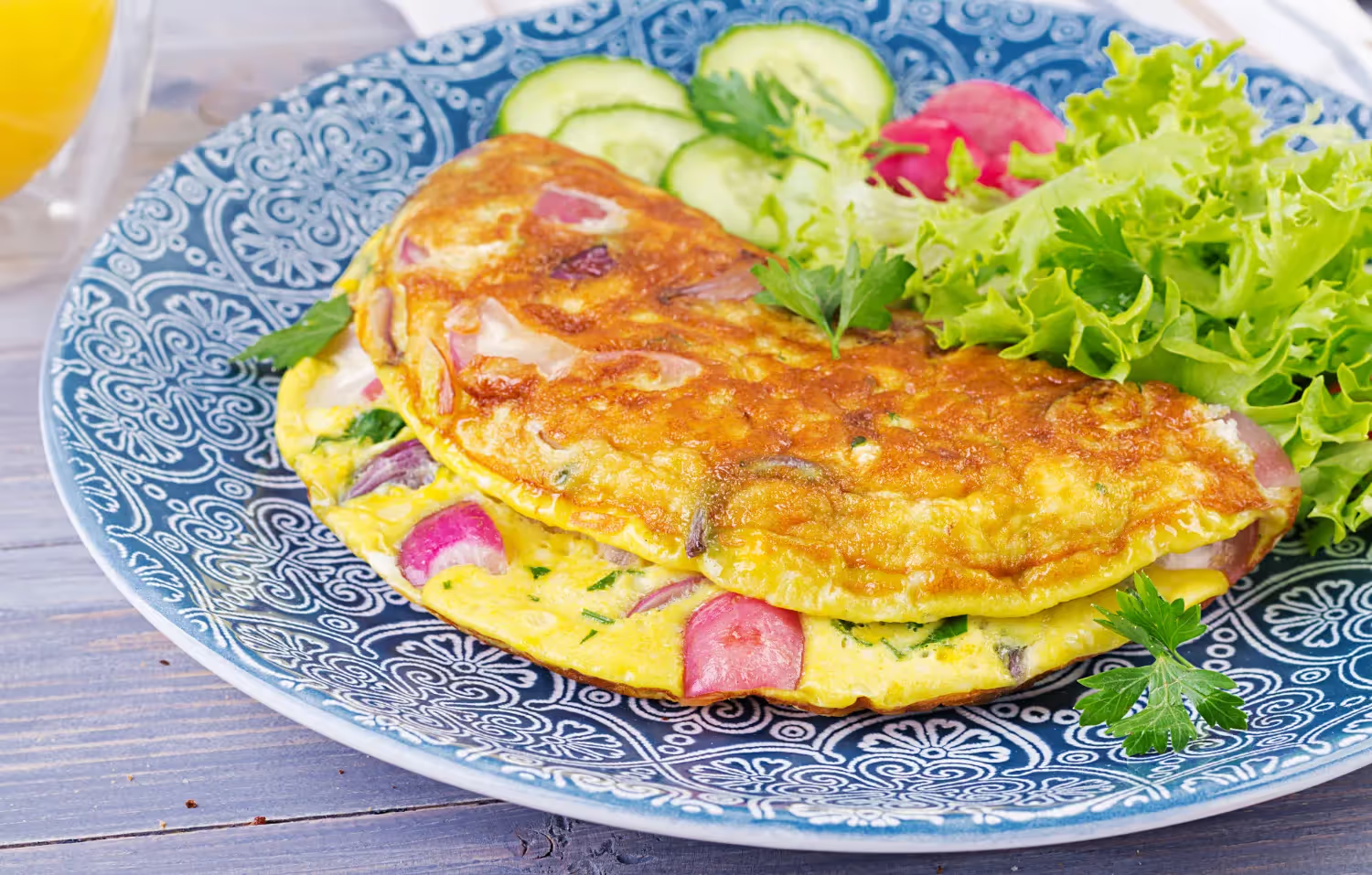
Breakfast: A vegetable omelet made with bell peppers, spinach, and mushrooms, cooked in olive oil and served with fresh melon slices.
Lunch: Hearty lentil soup prepared from scratch using low-sodium vegetable broth, carrots, celery, and bay leaves provides plant-based protein and fiber.
Dinner: Lean pork tenderloin with apple slices pairs beautifully with roasted Brussels sprouts and wild rice seasoned with fresh herbs.
Snacks: Sliced cucumber with hummus made from dried chickpeas, tahini, and lemon juice provides a crunchy and protein-rich option.
Day 4
Breakfast: Whole-grain cereal topped with sliced banana and low-fat milk, avoiding processed breakfast options that contain hidden sodium.
Lunch: Grilled chicken breast over mixed greens with avocado, cherry tomatoes, and a simple dressing made from lemon juice and olive oil.
Dinner: Baked halibut with lemon and dill accompanies steamed asparagus and brown rice.
Snacks: Fresh apple slices with natural peanut butter containing no added salt provide protein and healthy fats for sustained energy.
Day 5
Breakfast: A smoothie blending spinach, banana, berries, and unsweetened almond milk provides natural sweetness and nutrients in an easy-to-consume format.
Lunch: Turkey and vegetable lettuce wraps, made with fresh turkey breast, shredded carrots, cucumber, and bell peppers, wrapped in large lettuce leaves, create a light and refreshing meal.
Dinner: Herb-crusted chicken thighs with roasted vegetables, including zucchini, yellow squash, and red onions, seasoned with oregano and basil, provide satisfying flavors.
Snacks: A small portion of unsalted mixed nuts bridges the gap between meals while providing essential minerals and healthy fats.
Day 6
Breakfast: Steel-cut oats topped with fresh peaches and chopped pecans for fiber and protein with natural sweetness and vitamin C.
Lunch: Mediterranean-inspired salad with chickpeas, cucumber, tomatoes, red onion, and olive oil dressing seasoned with fresh oregano provides plant-based protein and fiber.
Dinner: Baked chicken drumsticks rubbed with paprika and garlic powder served alongside roasted cauliflower and brown rice pilaf.
Snacks: Carrot sticks paired with homemade guacamole made from fresh avocados, lime juice, and cilantro offer a crunchy and healthy treat.
Day 7
Breakfast: A vegetable frittata made with zucchini, tomatoes, and fresh basil, served with whole-grain toast and fresh orange slices, completes your week with protein and vegetables.
Lunch: Grilled shrimp over mixed greens with sliced strawberries, cucumber, and a light vinaigrette made from olive oil and rice vinegar, creating a light and flavorful meal.
Dinner: Lean beef sirloin with herb seasoning pairs with mashed sweet potatoes prepared with olive oil and sautéed green beans seasoned with garlic and almonds.
Snacks: Fresh fruit salad provides natural sweetness and essential vitamins to end the day. Choose seasonal fruits for the best flavor and nutritional value.
Recommended Sodium Intake for Women Over 40

Daily Sodium Guidelines
Studies prove that most should limit sodium intake to less than 2,000 milligrams daily. This target represents roughly three-quarters of a teaspoon of table salt, including sodium naturally present in foods and added during cooking or processing.
You’ll want to be strict if you have existing high blood pressure, kidney disease, or heart conditions.
These recommendations help counteract age-related changes in blood vessel flexibility and kidney function that make sodium processing more challenging.
Factors Affecting Sodium Needs
Individual sodium requirements vary based on factors such as activity level, climate, medications, and existing health conditions.
Adjust your sodium levels under medical supervision if you’re taking blood pressure medications or diuretics.
On the other hand, those living in hot climates or engaging in intense exercise lose more sodium through sweat, potentially requiring slight increases. Pregnancy, breastfeeding, and certain autoimmune conditions also influence sodium needs.
Age-related decline in kidney function means that you process sodium less efficiently as you grow older, making lower intake amounts more beneficial for long-term cardiovascular health and maintaining fluid balance.
Tips for Reducing Sodium Intake
Reading Nutrition Labels
Food labels reveal hidden sodium sources. Look for sodium content per serving, not per package, since many containers hold multiple servings. Be careful, as products labeled "reduced sodium" may still contain substantial amounts compared to fresh alternatives.
Try to compare similar products to find the lowest sodium option available. The ingredients list may contain sodium compounds using various names, including monosodium glutamate, sodium bicarbonate, and sodium citrate.
Avoid foods containing more than 400 milligrams per serving. These qualify as high-sodium and are generally unhealthy for you.
Cooking Techniques to Lower Sodium
Fresh herbs and spices are your best friend when it comes to transforming low-sodium meals from bland to flavorful experiences without relying on salt.
Citrus juices from lemons, limes, and oranges brighten dishes while adding vitamin C. Meanwhile, roasting vegetables caramelizes natural sugars, creating depth of flavor that masks the absence of salt.
Marinating proteins in acid-based mixtures, such as vinegar or citrus juice, tenderizes meat while infusing it with flavor. Garlic, ginger, and onions provide aromatic bases for cooking that eliminate the need for sodium-heavy seasonings or bouillon cubes.
The best part is that these herbs, spices, and other seasonings have their own health benefits, making your food healthier and tastier at the same time!
Choosing Low-Sodium Alternatives
Replace processed foods with fresh ingredients whenever possible to dramatically reduce sodium intake.
Dried beans and grains require more preparation time but contain minimal sodium compared to canned versions. Fresh or frozen vegetables without added sauces provide better nutrition and lower sodium than their processed counterparts.
On a similar note, choose fresh meats over cured, smoked, or processed options like bacon, ham, and deli meats.
And although low-sodium versions of favorite condiments exist, homemade alternatives using fresh ingredients often taste better and cost less.
Recap of Key Concepts
Importance of Monitoring Sodium Intake
Tracking daily sodium consumption helps you identify hidden sources in your diet and make informed food choices.
It’s easy to underestimate your daily sodium intake. After all, we often associate sodium with salty foods. But this isn’t entirely true. Many foods contain surprisingly high amounts of sodium.
Keeping a food diary for one week reveals patterns and problem areas requiring attention.
Restaurant meals and packaged convenience foods often contribute the most sodium, sometimes exceeding daily limits in a single serving. Regular monitoring fosters awareness, leading to better decision-making and gradual adaptation of taste buds to lower sodium levels.
Long-Term Benefits of a Low-Sodium Diet
Sustained low-sodium eating patterns can reduce the risk of cardiovascular disease by maintaining healthy blood pressure levels throughout the aging process. But that’s not all. Making these necessary dietary changes can lead to less fluid retention, reducing bloating, and improving comfort during hormonal fluctuations.
Your kidneys work better, too, as they’re no longer stressed by processing excess sodium. Don’t be surprised if you start sleeping better as well. Your body rests better when it can maintain a better fluid balance, reducing the need to get up at night to use the bathroom.
Of course, one of the biggest benefits is better weight management. It becomes so much easier to lose and maintain weight when your body no longer retains as much water, and your body’s natural hunger cues function as they should without the sodium-induced cravings for processed foods.
Maintaining a Heart-Healthy Lifestyle
A heart-healthy lifestyle is just what it says it is, a lifestyle. It’s more than just about following a certain diet.
Beyond sodium reduction, incorporating potassium-rich foods like bananas, sweet potatoes, and leafy greens can help support blood pressure regulation.
Regular physical activity enhances the cardiovascular benefits of a low-sodium diet by strengthening the heart muscle and improving circulation, as well as stress management through meditation, yoga, or other relaxation techniques.
This helps prevent stress-induced blood pressure spikes that can counteract the dietary improvements. Adequate sleep supports hormonal balance and helps regulate appetite hormones that influence your food cravings and eating behavior.
Combining these lifestyle factors with consistent low-sodium meal planning creates a foundation for long-term heart health and vitality during midlife and beyond.
Weight loss that fits your goals and your life.
Get your plan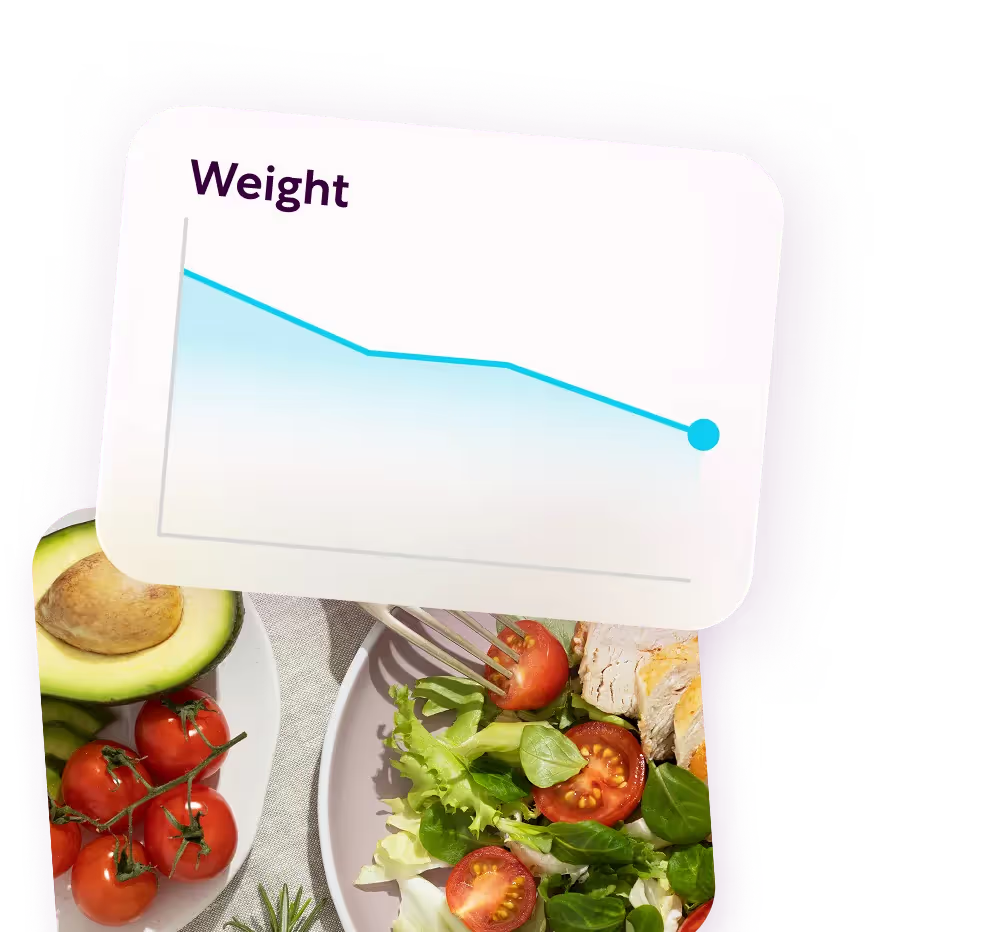
Sources
- Grillo, Andrea, et al. "Sodium Intake and Hypertension." Nutrients, vol. 11, no. 9, 2019, p. 1970, https://doi.org/10.3390/nu11091970.
- The Importance of Sodium Restrictions in Chronic Kidney Disease Cobb, Megan et al. Journal of Renal Nutrition, Volume 28, Issue 5, e37 - e40
FAQs
Why is a low-sodium diet particularly important for women after the age of 40?
After 40, and especially during perimenopause and menopause, women's bodies experience hormonal shifts. The decline in estrogen, which has a protective effect on blood vessels, can make women more salt-sensitive. This means the same amount of sodium can have a greater impact on blood pressure, leading to an increased risk of hypertension and heart disease. A low-sodium diet directly counteracts this increased sensitivity.
Besides lower blood pressure, what immediate benefits can I see from this 7-day low-sodium plan?
In just 7 days, one of the most noticeable benefits is a significant reduction in bloating and water retention. You may notice less puffiness in your face, hands, and ankles. Many women also report feeling "lighter" and more energetic as their bodies are no longer working overtime to manage excess fluid. This plan acts as a reset to show you how good your body can feel without the burden of high sodium.
How can I ensure my food is flavorful without relying on salt?
This is the most common concern with a low-sodium diet, and the key is to build flavor with other ingredients. Our meal plan focuses heavily on using: Aromatics: Garlic, onions, and shallots as a base for most dishes. Herbs: Fresh or dried herbs like basil, oregano, rosemary, and dill. Spices: Cumin, paprika, chili powder, and black pepper add warmth and complexity. Acids: A splash of lemon juice, lime juice, or vinegar at the end of cooking can brighten flavors and mimic the "zing" of salt.
What are the biggest sources of hidden sodium I should avoid?
While the saltshaker is an obvious culprit, most dietary sodium comes from processed and packaged foods. The top offenders to watch out for are canned soups, processed deli meats, frozen dinners, bread and baked goods, savory snacks like chips, and condiments like soy sauce, ketchup, and salad dressings. This 7-day plan helps you break the habit of relying on these high-sodium conveniences.
What is a healthy daily sodium target for a woman over 40?
For most healthy adults, the general recommendation is to consume less than 2,300 milligrams (mg) of sodium per day. However, for women over 40, especially those with elevated blood pressure or other risk factors, the American Heart Association recommends an ideal limit of no more than 1,500 mg per day. Our 7-day meal plan is designed to keep you within this ideal, heart-healthy range.


